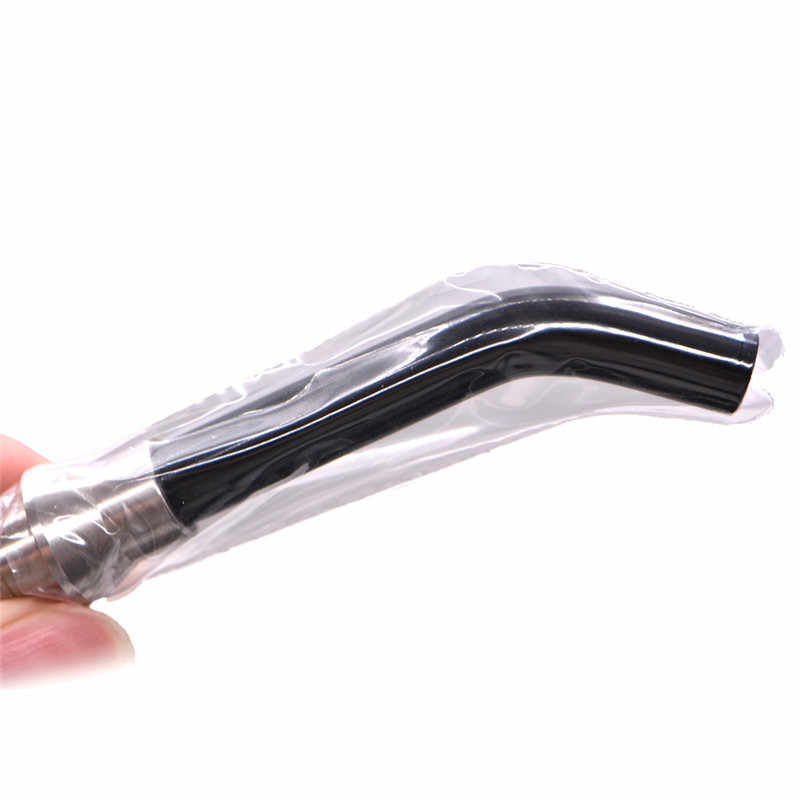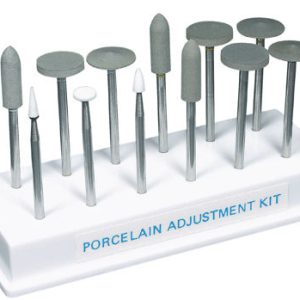Ivoclar Vivadent Tetric N-Collection System KIT/N-BOND
Light Cure Composite Material
$124.63 $145.18
Tetric N-Bond:
Tetric N-Bond is a light-curing, nano-filled single-component adhesive which is used in conjunction with the total etch technique.
Best partner for Tetric N-Bond is the phosphoric acid gel N-Etch. Tetric N-Bond is used in the placement of direct composite and compomer restorations as well as in the adhesive luting of indirect restorations made of all-ceramic and composite materials involving light-curing.
Tetric N-Bond is available in the bottle or the innovative VivaPen.
Indications
- Restoration of deciduous teeth
- Restorations in the posterior region (Class I and II)
- Class V restorations (cervical caries, root erosion, wedge-shaped defects)
- Preventive resin restorations in molars and premolars
Specifications
| Weight | 0.1 kg |
|---|---|
| Brands |
Composition
Tetric N-Bond contains phosphoric acid acrylate, HEMA, Bis-GMA, urethane dimethacrylate, ethanol, film-forming agent, initiators and stabilizers.
| Curing light | Material | HIgh Power program | Soft power program | Low Power program |
|
Tetric N- Bond | – | – | 10s |
|
Tetric N-Bond | 10s | – | – |
|
Tetric N-bond | 10s | – | – |
- Consistently high bond strength
- Reduced postoperative sensitivity
- Acetone free chemistry
- Comfortable- time saving
CONTRAINDICATIONS
- If the patient is allergic to any of the components of Tetric N-Bond or if the stipulated working technique cannot be used. –
- Tetric N-Bond must not be used in combination with purely self-curing composite materials. Always activate dual-curing materials with light.
- Direct pulp cappings
Side effects
- In rare cases, components of Tetric N-Bond may lead to sensitization. In such cases, the products should no longer be used. –
- To avoid possible irritation of the pulp, areas close to the pulp should be protected with a suitable pulp/dentin protector (selectively apply a calcium hydroxide-based preparation in areas close to the pulp).
Packaging
Tetric n ceram composit 10 srg(Neno composit)
- A1/1
- A2/2
- A3/1
- B2/1
- Special shade( B2D/ BLEACH L / TRANSLUCENT)
- B2D/1
- Bleach L/1
- Translucent/1
- Tetric flow
- A2/1
- A3/1
- Tn bond 6gm
Features
- Bulk Fill is possible due to Ivocerin, the patented light initiator
- Special filler technology ensures low shrinkage stress
- Esthetic results are achieved quickly and efficiently in the posterior region
Directions to use
Direct Restorations
STEP1. Select the shade
STEP2. Prepare the cavity according to the requirements of the adhesive technique. Clean the cavity with water spray. Air dry the cavity.
STEP3. Apply a pulp protector (calcium hydroxide material, e. g. ApexCal®) if needed; only cover areas close to the pulp and subsequently apply a pressure resistant cement (e.g. Vivaglass® Liner).
STEP4. Place a matrix and an interdental wedge, if required.
STEP5-Apply N-Etch on enamel and subsequently on dentin; and allow a reaction time of 15 seconds. Afterwards, thoroughly rinse off the etchant with water spray and dry the tooth surfaces with oil-free air. Avoid excessive drying of the dentin. The etched enamel surface should have a chalky white appearance. If this is not the case, repeat the etching procedure using a shorter reaction time. If the tooth surface becomes accidentally contaminated (e. g. with saliva), repeat the etching procedure with a reaction time of max. 10 seconds.
STEP6. Tetric N-Bond. Dispense the desired amount of Tetric N-Bond into a mixing well and apply it using a disposable applicator (e.g. Vivadent® Applicator Brush). Protect the adhesive from light (e.g. VivaPad®). Apply a thick layer of Tetric N-Bond on the enamel and dentin surfaces, using the enclosed application brush.
STEP7. Light-cure Tetric N-Bond according to the curing time recommendations. A shiny tooth surface prior to the application of the composite shows that all surfaces are completely covered. Polymerize each layer individually according to the table. Hold the light emission window as closely as possible to the surface of the restorative material.
STEP8- Finish the restoration with suitable finishers or fine diamonds. Subsequently, check the occlusion. Polish with silicone polishers







There are no reviews yet.